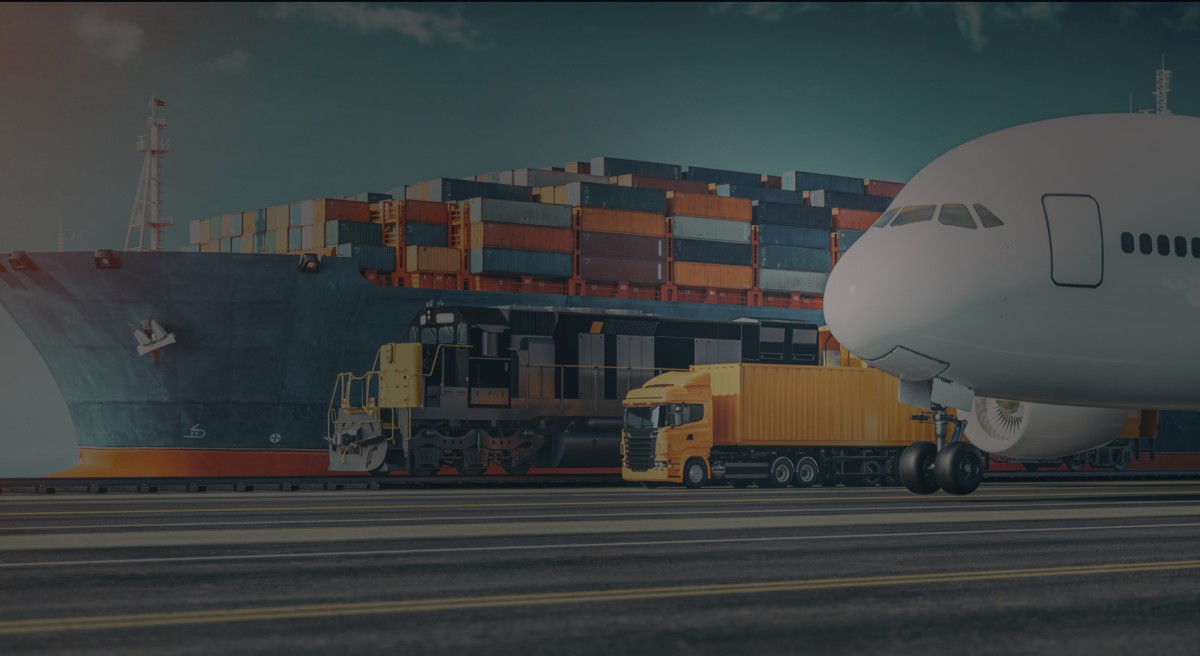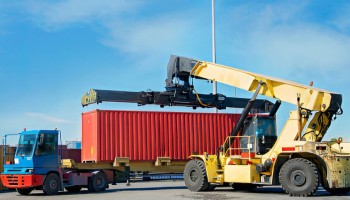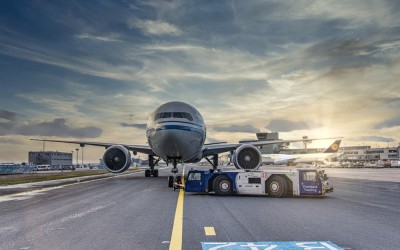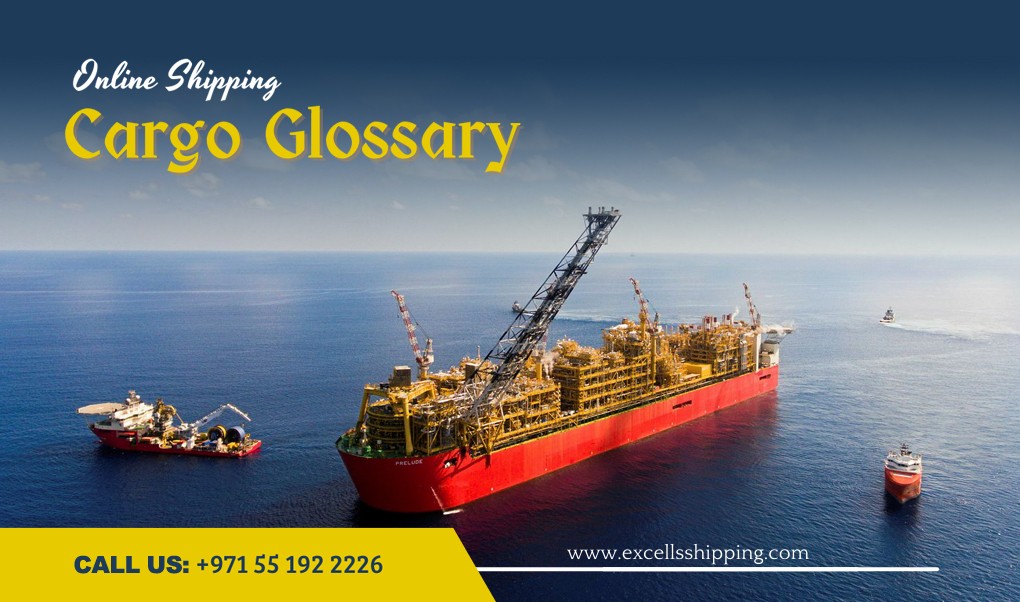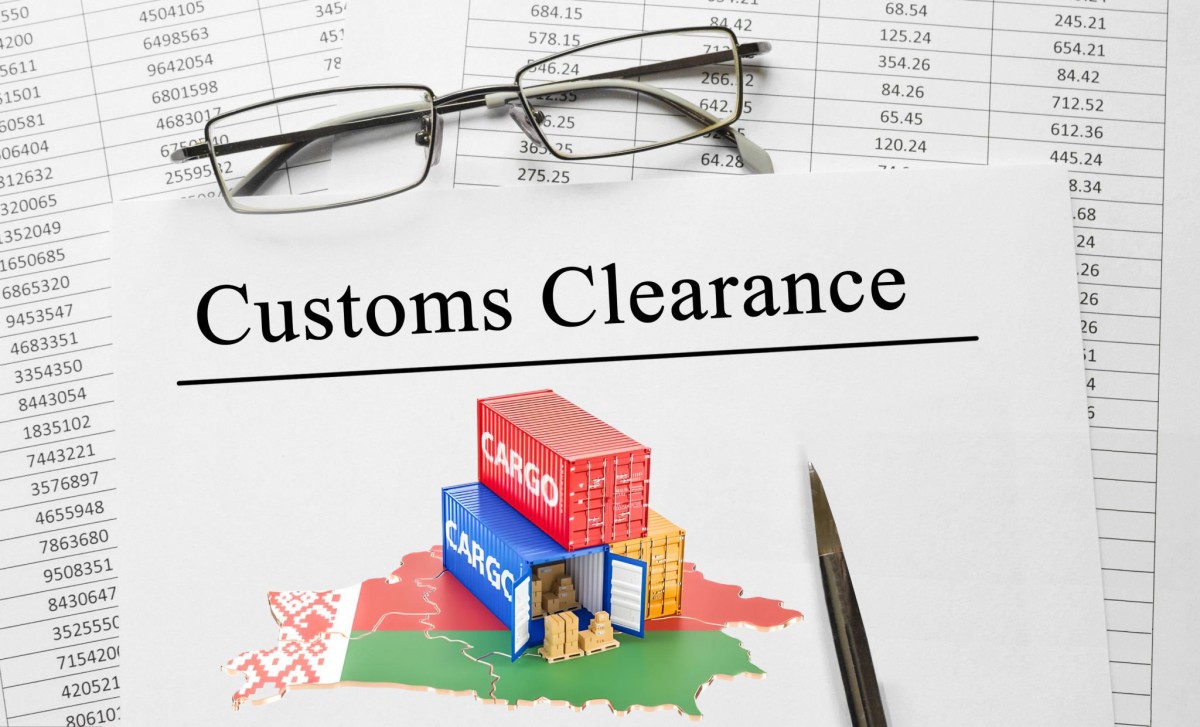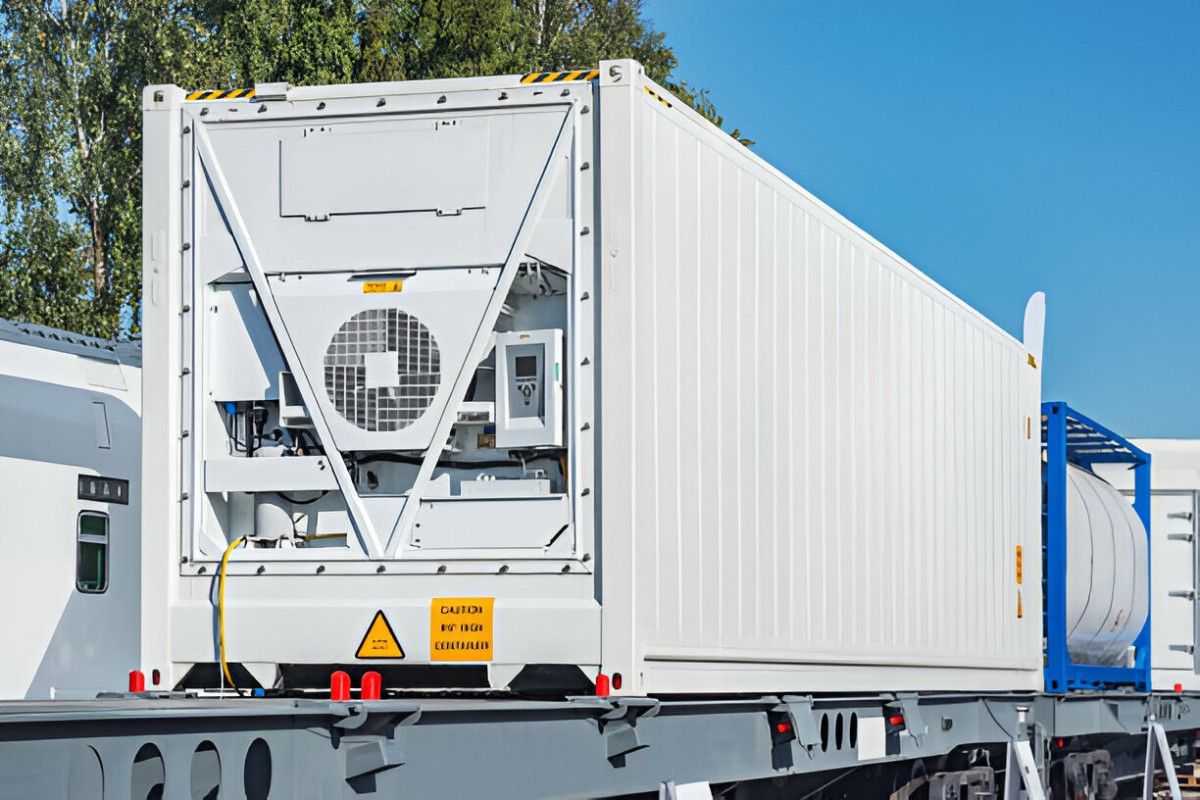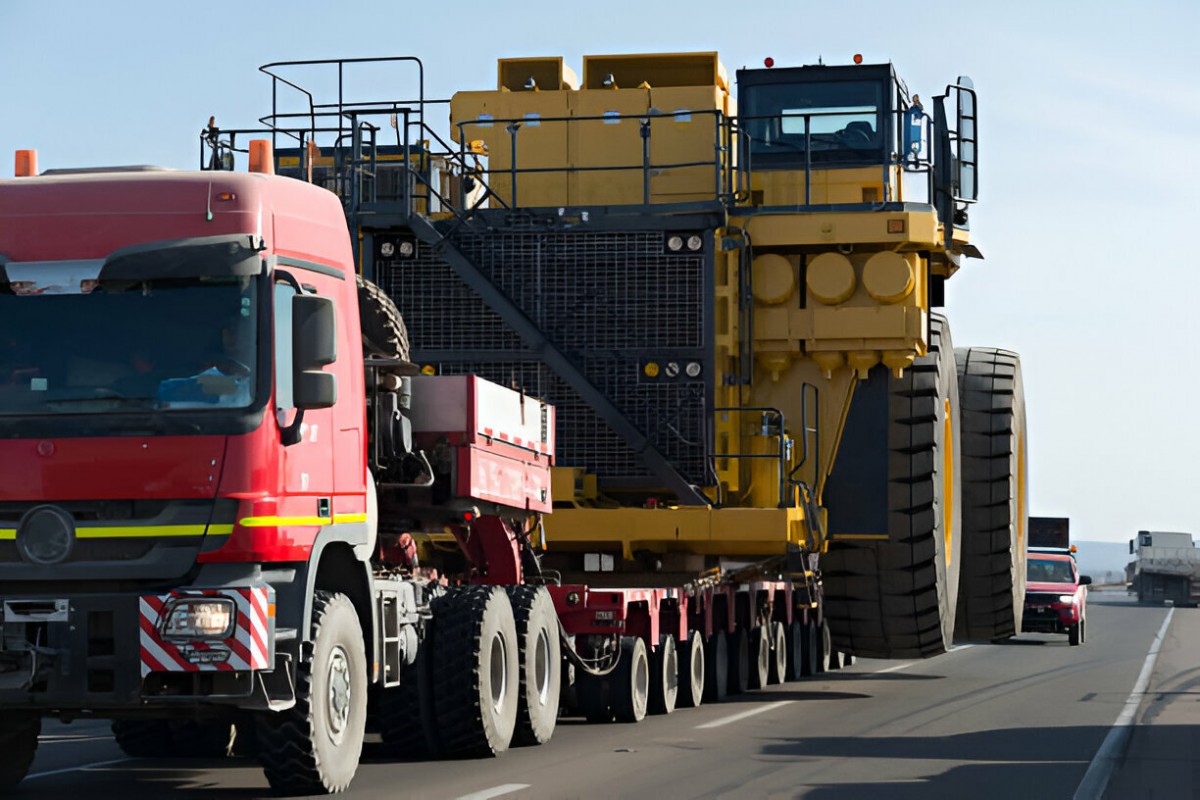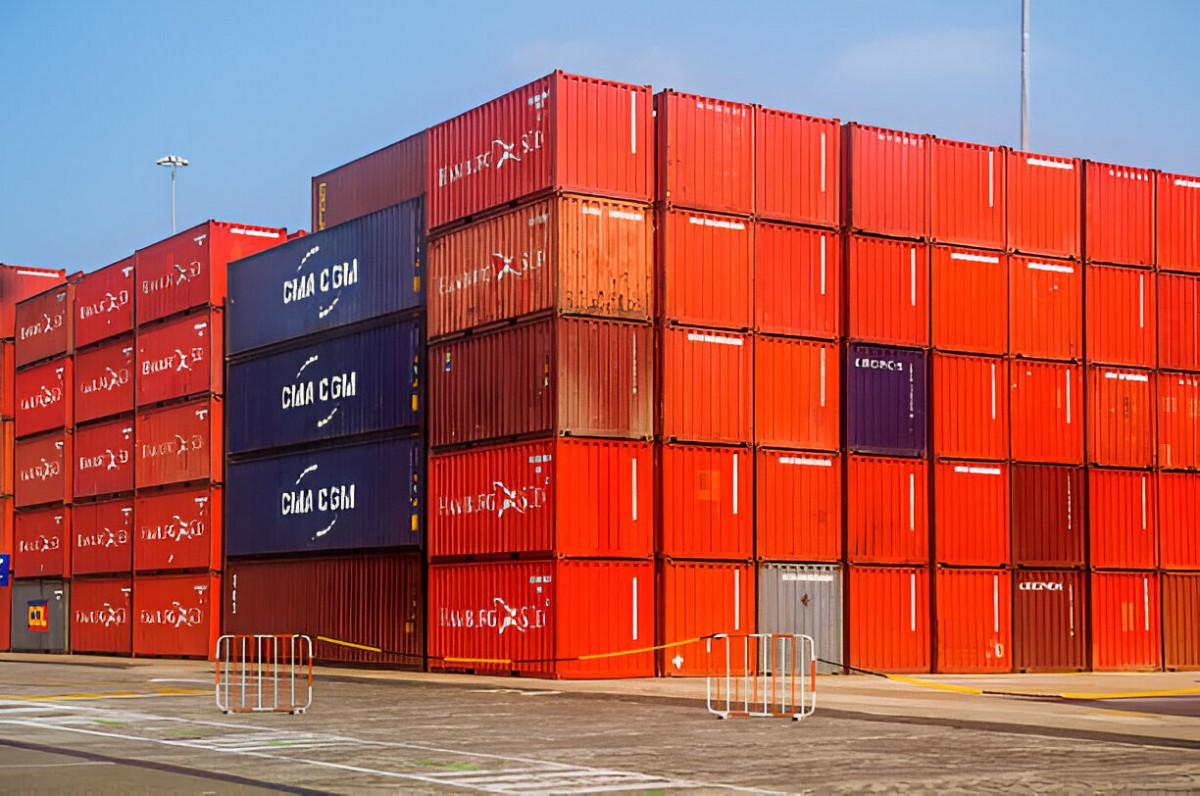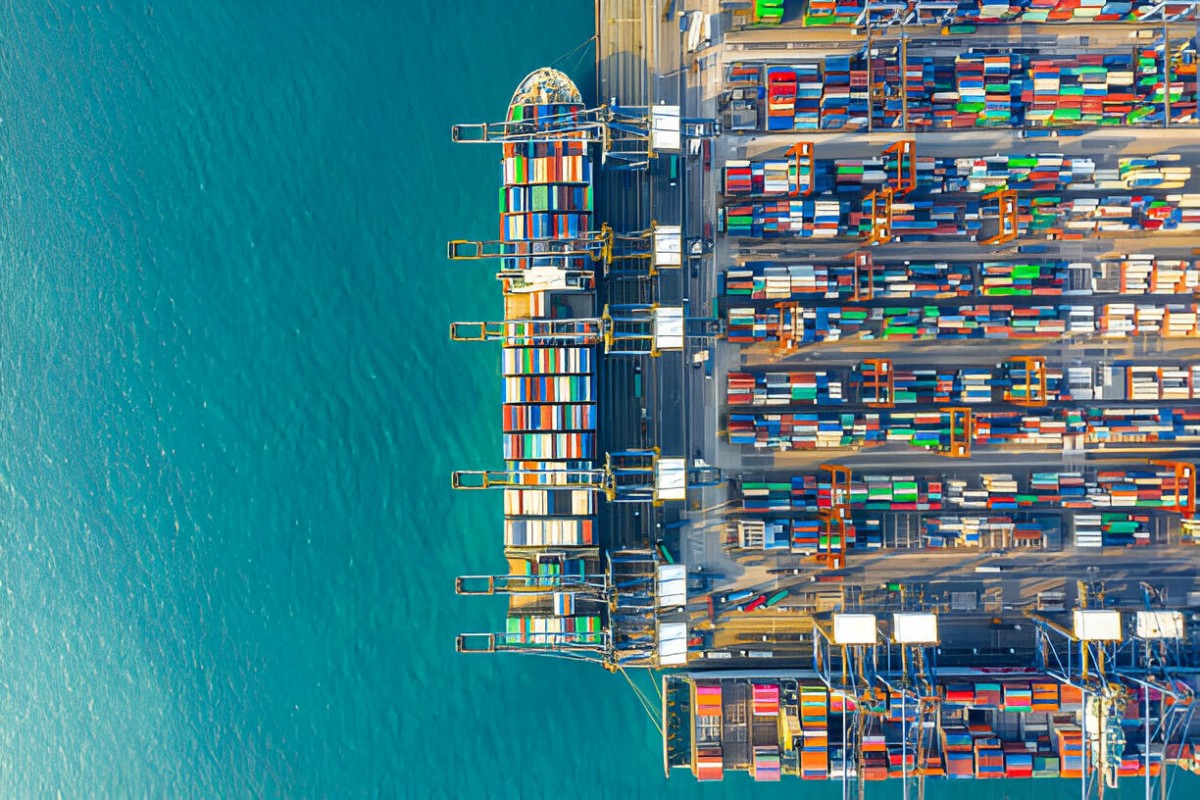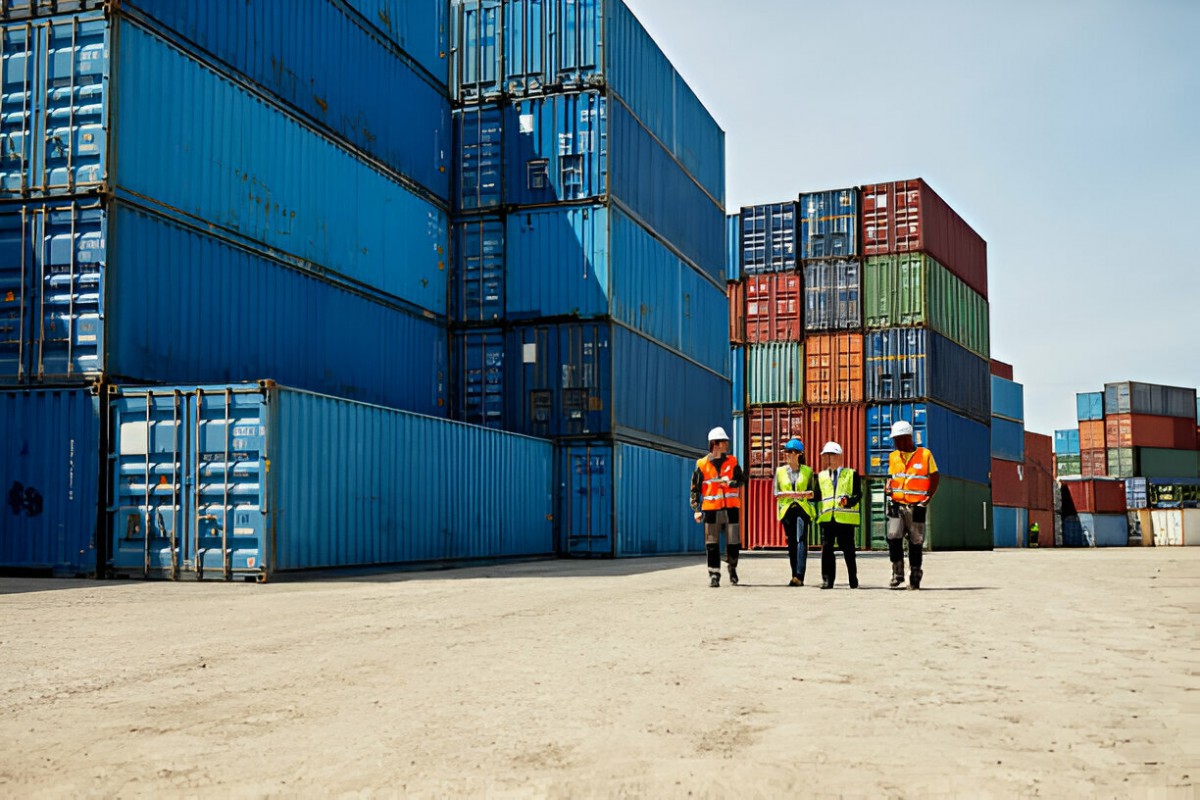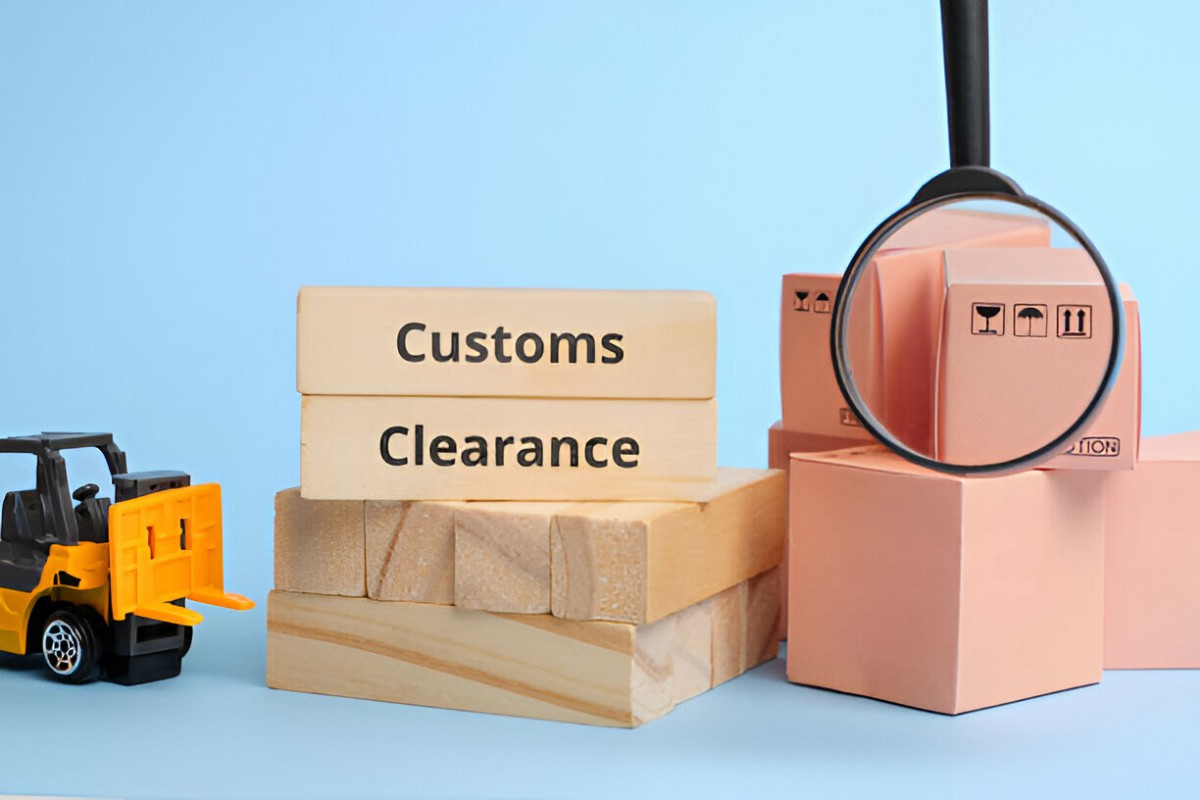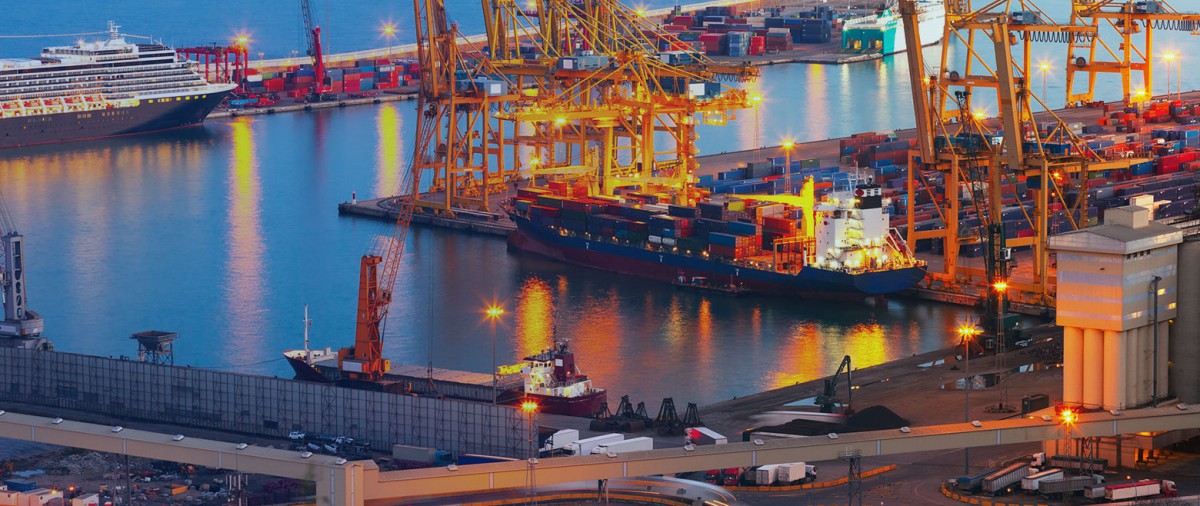In today’s interconnected world, distance has become less of a barrier, and getting products from one corner of the globe to another has never been easier. Thanks to the wonders of air freight shipping, items once considered rare can now be delivered to your doorstep in a matter of days.
Air Freight Shipping & Understanding the Essentials, Benefits, and Choosing
But what exactly is air freight, and how does it differ from air shipping? Let’s dive into the details of air freight logistics, its benefits, and when you should consider choosing air freight over other shipping methods.
Air Freight vs. Air Shipping: What’s the Difference?
- Air Shipping: This term refers to all goods transported by air, whether it’s passenger luggage, express parcels, or large shipments on cargo planes.
- Air Freight: Specifically relates to the commercial transportation of goods by air, focusing on logistics, costs, and regulations.
In this article, we’ll be focusing on air freight, though both terms might be used in a broader sense.
Common Products Shipped by Air Freight
- E-commerce: Fast shipping for high-value items like electronics and fashion.
- Manufacturing: Quick delivery of essential components for production.
- Humanitarian Aid: Emergency supplies such as food and medicine are delivered to disaster areas.
- Aerospace and Defense: Delivery of military and aircraft components.
- Perishables: Foods, flowers, and pharmaceutical products need fast, temperature-controlled shipping to prevent spoilage.
- Pharmaceuticals: Critical medical supplies, including vaccines, are shipped globally.
Air freight is the fastest method of long-distance shipping, making it essential for time-sensitive items.
The Air Freight Journey
The process of air freight shipping may seem simple, but it involves multiple steps:
- Booking & Planning: Securing logistics and competitive pricing.
- Prepping & Packing: Ensuring the goods are packaged securely and meet shipping regulations.
- Collection & Consolidation: Shipments are gathered and prepared for efficient transport.
- Customs Clearance: Both import and export procedures must be followed.
- Air Travel: Goods are flown to their destination, chosen based on size, weight, and urgency.
- Arrival & Delivery: Final customs clearance and delivery to the recipient.
What is an Air Waybill?
Benefits and Challenges of Air Freight Shipping
- Speed: Deliveries are often made within 24-48 hours, especially crucial for perishable and high-value goods.
- Global Reach: Airplanes can reach almost any destination.
- Reduced Risk: Air travel is faster and smoother, reducing the chances of damage.
- Better Inventory Management: Faster shipments mean leaner inventory and lower storage costs.
- High Security: Strict security measures provide protection from theft and damage.
Disadvantages of Air Freight Shipping
- Cost: Air freight is expensive due to fuel costs and airport fees.
- Limited Capacity: Airplanes can carry less compared to other transportation methods.
- Environmental Impact: Air freight has a higher carbon footprint than sea or land shipping.
When to Choose Air Freight: A Checklist
- Urgency: When speed is essential, especially for perishable or high-value goods.
- High-Value Cargo: If the value of the goods outweighs the shipping cost, air freight is a good option.
- Perishables & Fragile Items: Items that need special care and fast delivery benefit from air freight.
- Remote Locations: For destinations without reliable land or sea access, air freight is often the only viable option.
Choose Excells Shipping for Your Air Freight Needs
At Excells Shipping, we understand the importance of speed and efficiency in air freight shipping. Our expert team offers an extensive airline network, expedited deliveries, cost-effective solutions, and tailored shipping options to suit your business. Get in touch with our air freight specialists to explore your options and let us help your cargo take flight.

